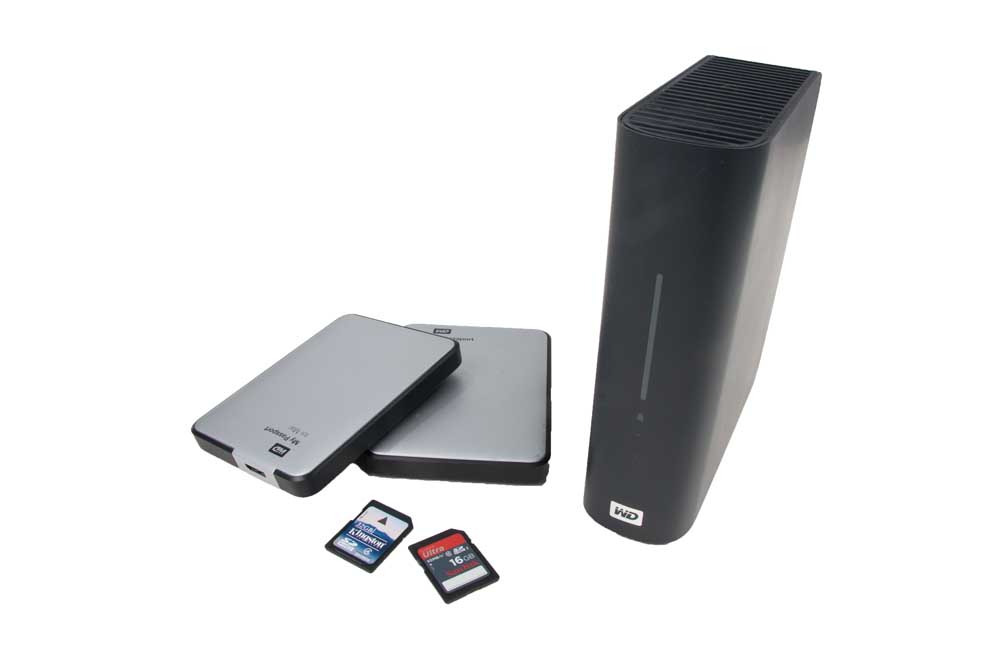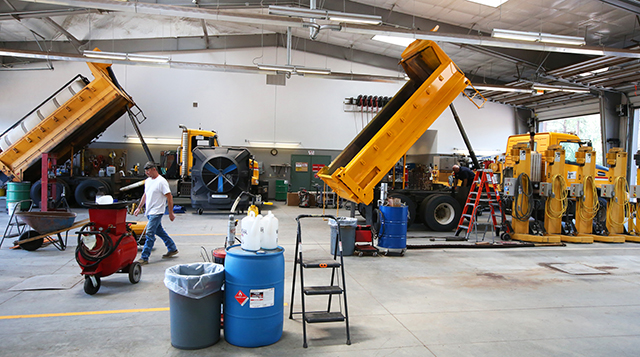Saving Digital
Published 12:00 am Saturday, April 19, 2014

- Saving Digital
Digital technology is the greatest advancement in photography since Joseph Nicéphore Niépce snapped the first photo in 1826. Gone are the days of staged photos developed in darkrooms and expensive photography labs. Today, we snap hundreds — sometimes thousands — of pictures with the hope of getting that perfect shot.
With the change in technology comes a change in storage processes as well as in the meaning of the phrase, “lost photos.” Misplaced photo albums have been replaced with crashed computers.
Trending
Fortunately, there are many digital photo and video storage options for the professional and amateur photographers alike.
“For the average user, I recommend finding the software that’s simplest for them to actually use and to understand where their images get placed,” said local professional photographer, Kim Teichrow “Always have a backup system in place. And, if you need help, find someone to help you.”
The first thing to understand is the lifespan of storage devices. CD-Rs, or writeable compact disks, are estimated to have a 10-year lifespan, while expensive, high-end optical discs will not make it to 100 years old.
External Hard Drives
With the uncertainty of compact disks, photographers look to external hard drives, online storage sites, and sometimes both.
External hard drives, or hard drives that are not located within the framework of your computer, have managed to get better and come down in price over the years.
Trending
Teichrow likes to use well-known and well-reviewed name-brand external hard drives, such as Western Digital or Lacie Rugged.
Because they, like computers, have moving parts and may stop working, it is important to have more than one external hard drive — a backup to your backup, so to speak.
In computer tech circles, they call this layered approach “redundancy.” It’s best to keep external hard drives used for backup purposes in an off-site location, such as a safety deposit box or at the office.
To ‘The Cloud’
As costs and file transfer times decrease, an increasing number of photographers are using online services, or “the cloud,” to archive their photos.
Storing photos on the cloud not only provides you with additional levels of security and redundancy not necessarily offered by external hard drives, but many cloud-based options also make it simpler to share you photos and videos with friends, associates and on your smartphone.
The greatest advantage of using online storage is that it’s nearly 100-percent safe from floods, fires, physical theft and other problem that may arise. Your computer or external hard drive may get a virus or malware, while online storage companies employ teams of experts to guard the extensive networks for problems.
The use of strong password add an additional layer of security, protecting your files against hackers and online thieves.
There are many online digital storage and design websites from which to choose.
Teichrow uses Smugmug.com, which also hosts her professional website Carol Sternkopf, another local professional photographer, uses Adobe’s Lightroom.com, which pairs with Photoshop.
Other websites include Flickr.com and Snapfish.com. Several years ago, Ofoto.com, which was Kodak’s site, was bought by Shutterfly.com. All of the photos kept on Ofoto were transferred automatically to Shutterfly.
Obviously, these websites are established to make money, charging fees for various design or developing services. They can print your photos on any number of items, ranging from typical snapshot photos to coffee mugs to computer mousepads.
Each website specializes in a different set of photographer’s needs.
The ‘No Frills’ Cloud
For those only looking for online storage and transfer capabilities, minus the frills frills of other “value-added” services, several options are available. And they all work the same way, to varying degrees: you upload your photos or other files to the website, and they store them for you.
Sternkopf uses the popular Dropbox.com. Other options include CX.com, Google Drive, Microsoft Skydrive and SugarSync.com. Mosaicarchive.com specifically targets photographers by working in conjunction with Adobe’s photo manipulating software, Lightroom.
Organize Your Pics
Whether you store your photos on an external hard drive or online, a proper organizational structure can shave hours of time spent searching for the an old photo. Most professional photographers organize by their clients’ names, with dated sub-folders of shoots.
For their personal photos, organizing by date is the preferred method.
“I also create metadata tags (keywords) for all of my images,” said pro photographer, Erica Swantek, “so that if I’m searching for something in particular, I can easily find it.”
The best advice for proper digital photo care is to follow three simple rules.
First, always keep an untouched set of photos, or “negatives.” Edit copies of the photos, never the originals.
Second, at any given time, make sure there are two separate sets of your photos. Initially, when you copy the photos to your computer, the memory card is the second set. But, when you erase your memory card, make a backup copy to another storage device.
Lastly, keep a backup copy of your photos located at an off-site location to prevent a disaster, such as fire or theft, from wiping out all of your copies.
Ensuring the safety of your photos is one of the most important things you can do to pass down memories of your family.
Baby photos, graduation pictures and wedding videos all tell the story of your life. Like all of your valuable possessions, they need to be kept safe and secure.
It’s better to not spend any time worrying about old pictures when there’s many more photos to take.
“I never look back too far at old images,” says Sternkopf. “I’m more interested in creating new ones.”








